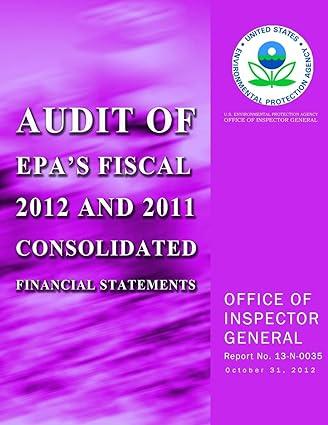Question
Oregon Forests uses a joint process to manufacture two grades of wood: A and B. During October 2013, the company incurred $15,419,690 of joint production
Oregon Forests uses a joint process to manufacture two grades of wood: A and B. During October 2013, the company incurred $15,419,690 of joint production cost in producing 28,231,000 board feet of Grade A and 9,378,000 board feet of Grade B lumber. The company allocates joint cost on the basis of board feet of lumber produced. The company can sell Grade A lumber at the split-off point for $0.74 per board foot. Alternatively, Grade A lumber can be further processed at a cost of $0.73 per board foot and then sold for $1.54 per board foot. No opportunity exists for processing Grade B lumber after split-off.
a. How much joint cost should be allocated to Grade A and to Grade B lumber?
b. If Grade A lumber is processed further and then sold, what is the incremental effect on Oregon Forest net income?
Should the additional processing be performed?
Step by Step Solution
There are 3 Steps involved in it
Step: 1

Get Instant Access to Expert-Tailored Solutions
See step-by-step solutions with expert insights and AI powered tools for academic success
Step: 2

Step: 3

Ace Your Homework with AI
Get the answers you need in no time with our AI-driven, step-by-step assistance
Get Started


